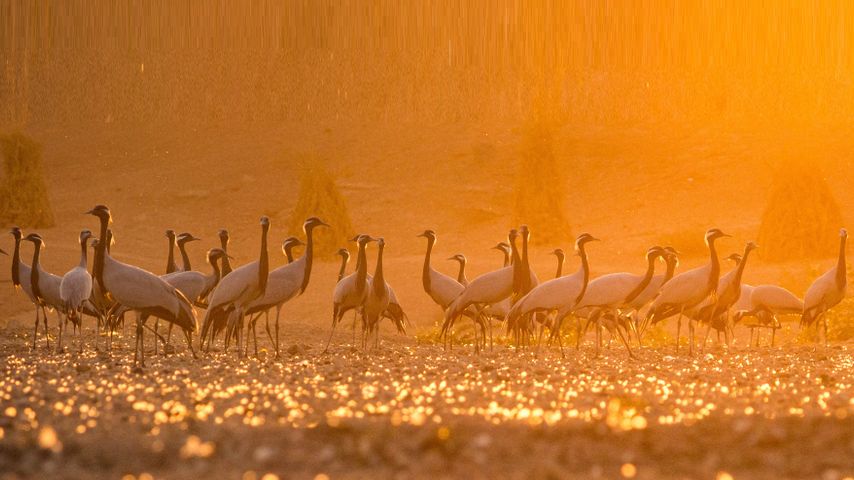Cecropia leaf atop lobster claw petals, Mexico
© Gerry Ellis/Minden Picture
Unbe-leaf-able. Cecropia leaf and lobster claw petals in Mexico
No doubt your eyes are drawn to the large, silver-bluish leaf in today’s photo, but there’s a little more to this colourful display. We’re on the floor of a Mexican rainforest to examine a large Cecropia leaf and some lobster claw petals. The genus called Cecropia contains some of the most recognisable neotropical trees anywhere, but the roughly 50 different species can be hard to tell apart. All Cecropias grow fast, by tree standards anyway. On average, they’ll climb about 2.5 feet per year and under perfect conditions can grow as much as 10 feet in that time, eventually reaching around 60 feet tall. When dried, Cecropia leaves shrivel into a fist-like form which displays interesting patterns and shapes. Not only are Cecropias very popular with animals like sloths, monkeys, and toucans for their fruit and leaves, many species have a symbiotic relationship with Azteca ants.
The other striking leaves here are cup-shaped flower petals of the lobster claw, or what botanists call the Heliconia rostrata. With its bright colours and distinctive shape, the lobster claw is often cultivated as an ornamental plant for tropical gardens. Gardeners looking to attract birds love the Heliconia because its plentiful nectar draws hummingbirds to its downward-facing flowers. Those same flowers have special recognition in Bolivia as ‘patujú,’ the national flower, which appears on one of the country’s flags.
Related Images
Bing Today Images
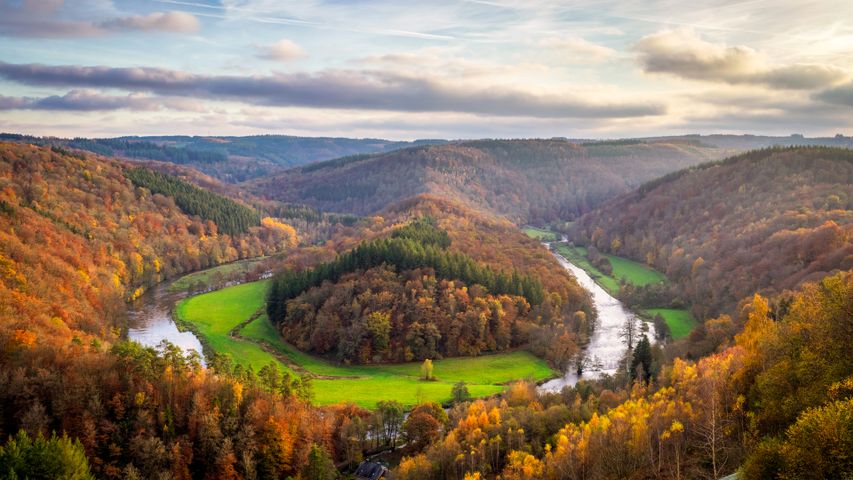
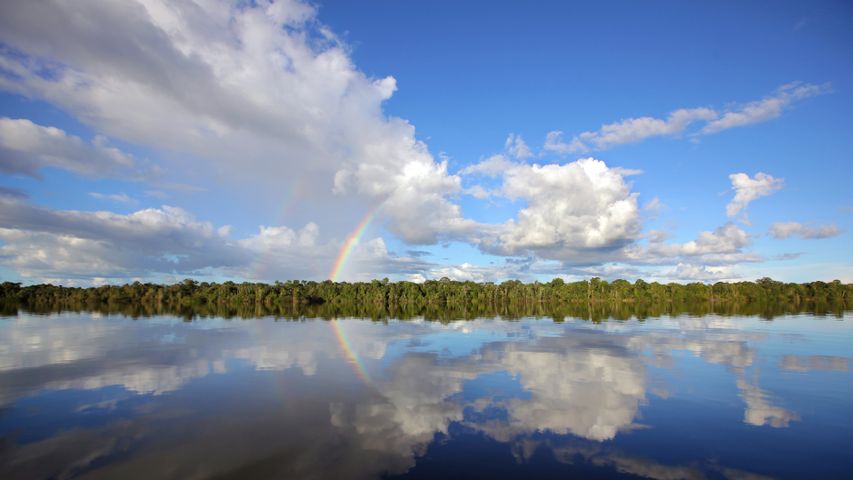
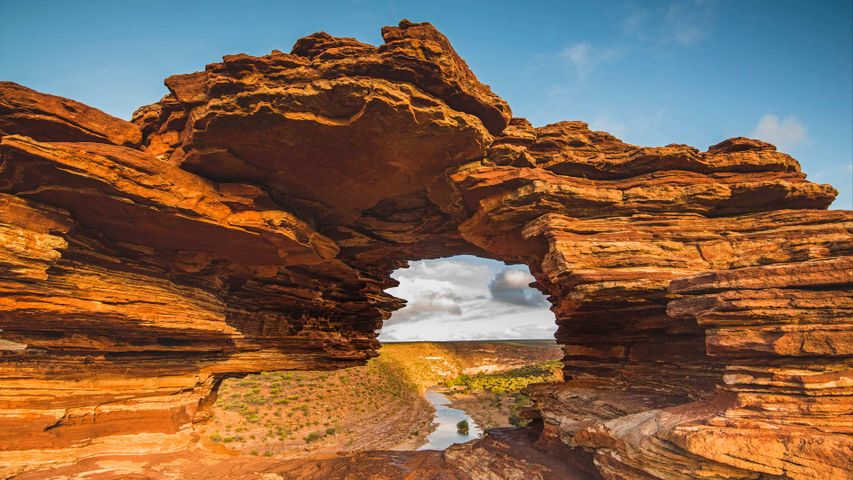
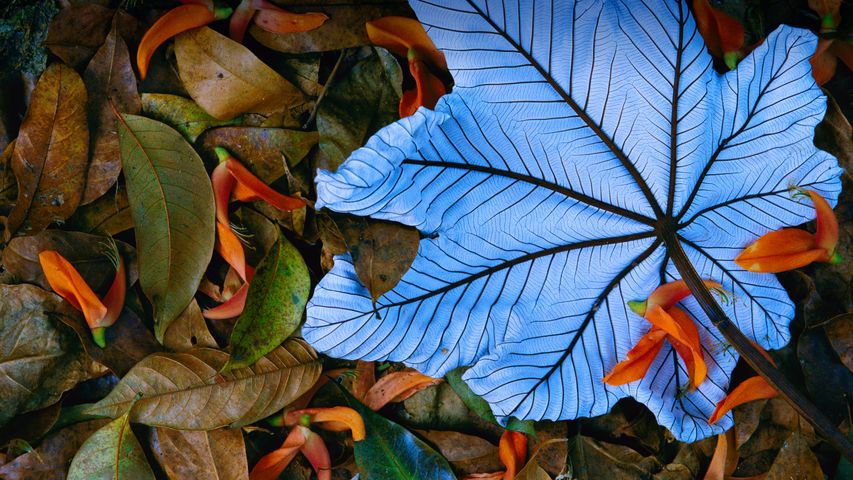
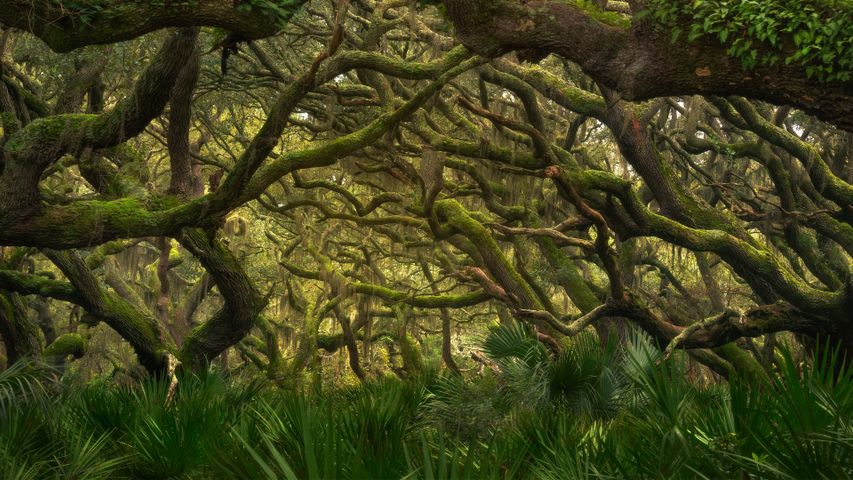 Maritime Forest in Cumberland Island National Seashore, Georgia, United States
Maritime Forest in Cumberland Island National Seashore, Georgia, United States
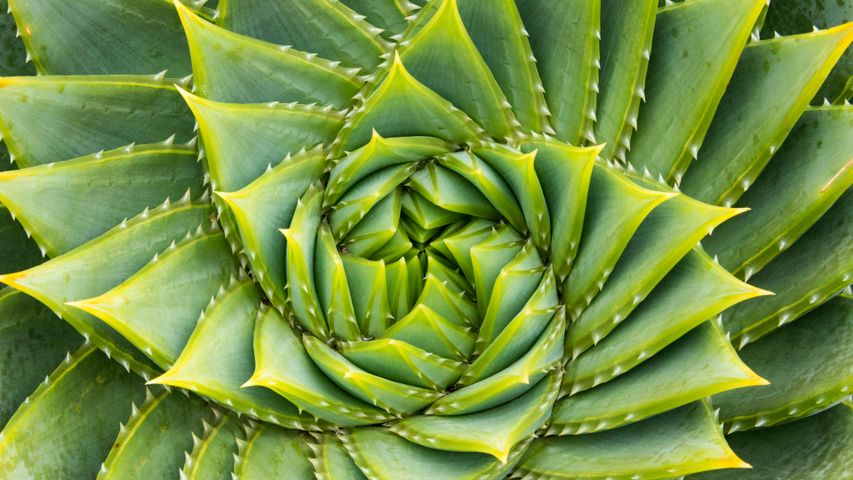 Spiral aloe, Kangaroo Island, Australia
Spiral aloe, Kangaroo Island, Australia
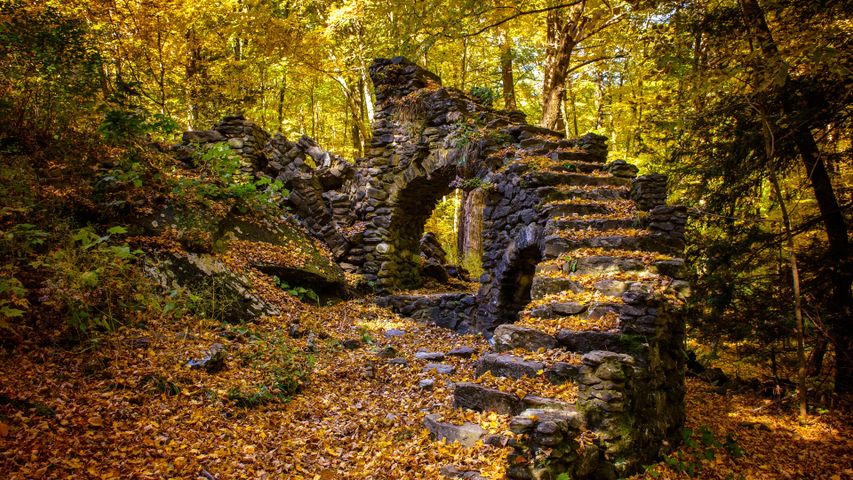 Madame Sherri Forest and the remnant of an old castle, New Hampshire, USA
Madame Sherri Forest and the remnant of an old castle, New Hampshire, USA
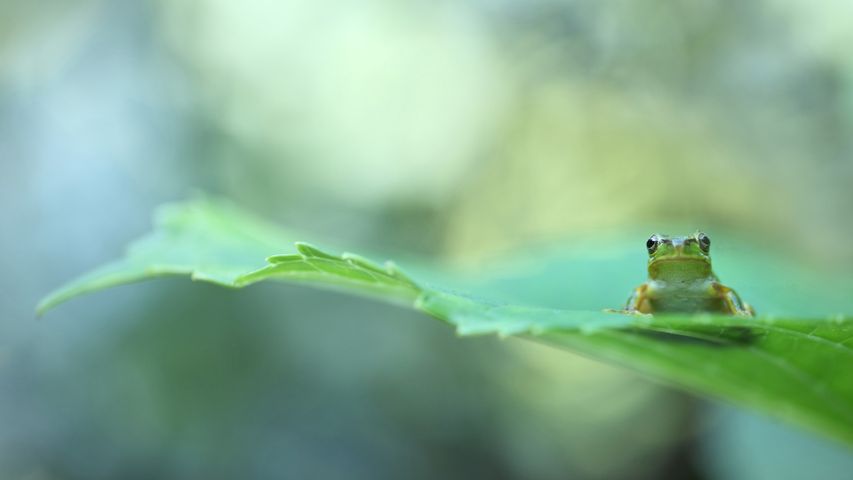 Tree frog on leaf
Tree frog on leaf
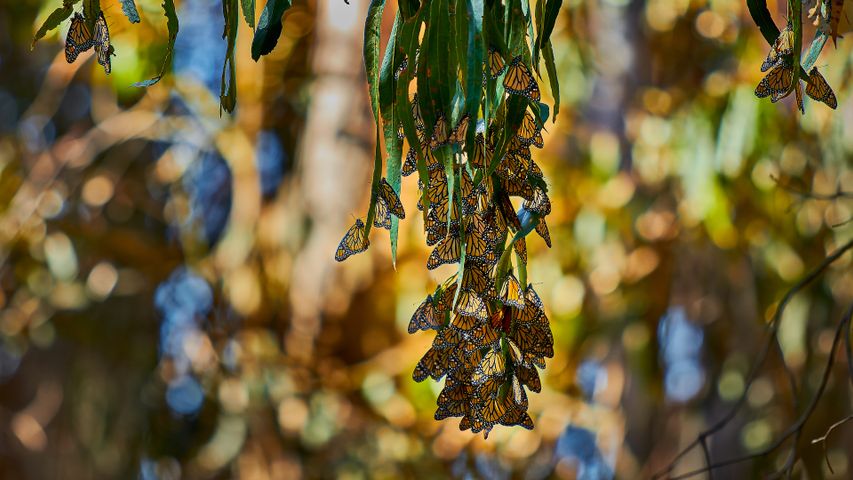 Monarch butterflies, Goleta, California
Monarch butterflies, Goleta, California
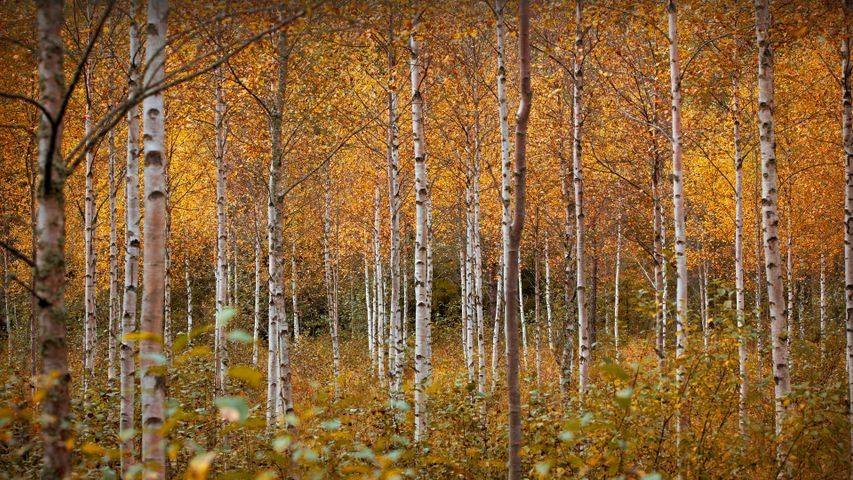 Birch trees in autumn, Drammen, Norway
Birch trees in autumn, Drammen, Norway
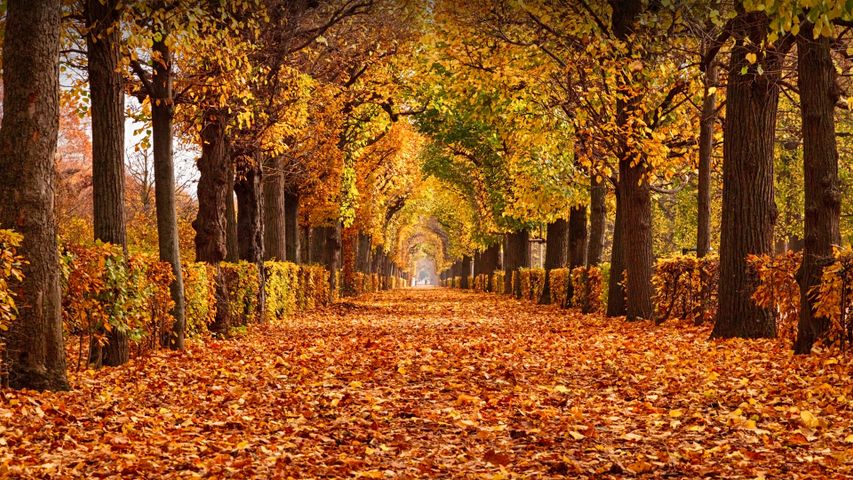 Autumn foliage in Schönbrunn Palace Park, Vienna, Austria
Autumn foliage in Schönbrunn Palace Park, Vienna, Austria
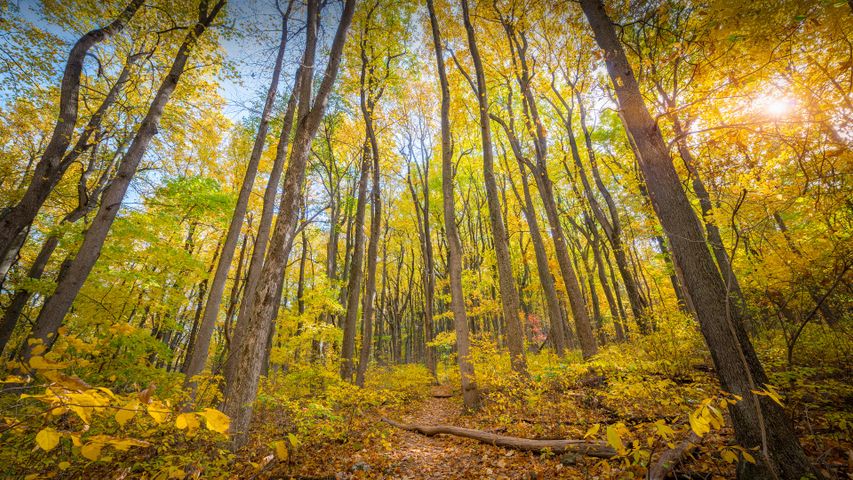 Fall colours in Shenandoah National Park, Virginia
Fall colours in Shenandoah National Park, Virginia
